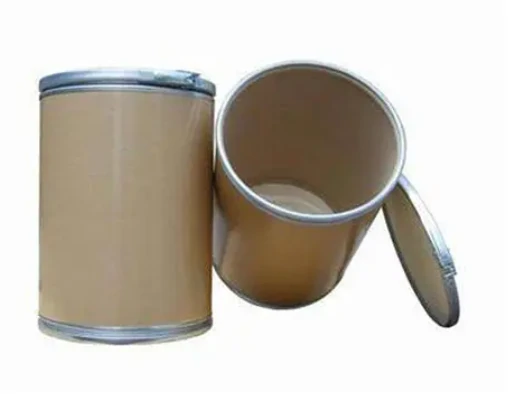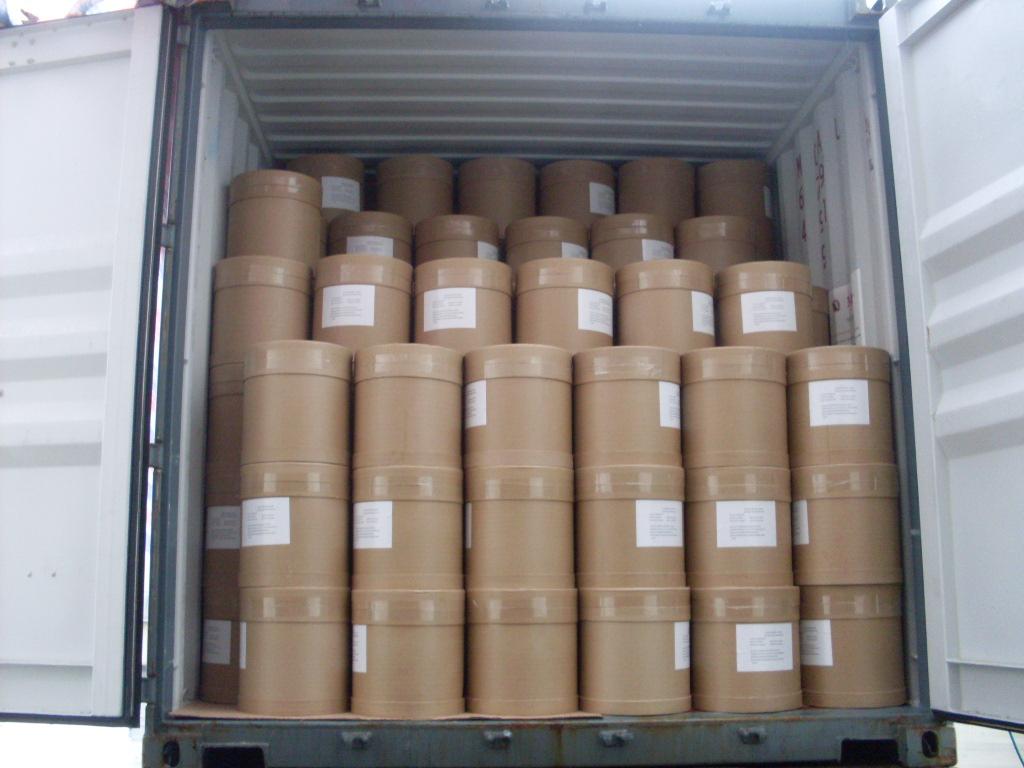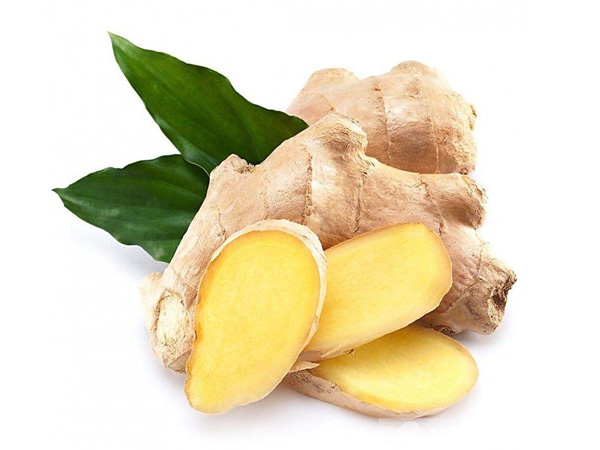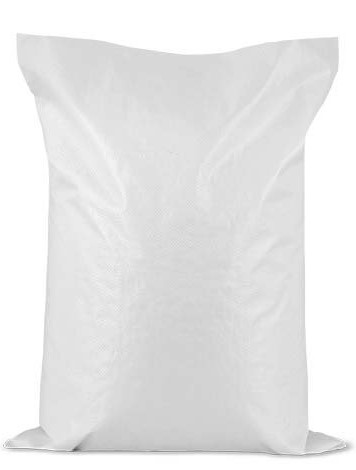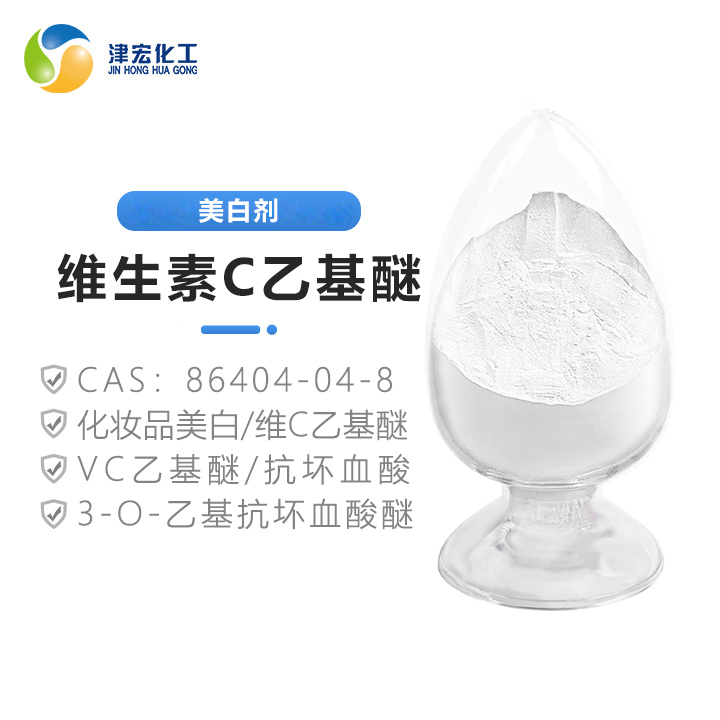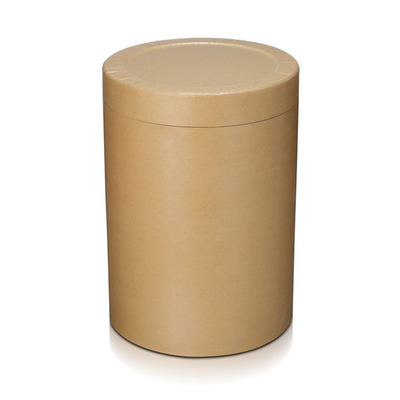Feed Additive
Additives For Food Packaging
Colorant
Stabilizer and Coagulator
Water Retention Agent
Feed Deworming Health Agents
Anti Corrosion and Preservation
Color Fixative
Flour Treatment Agent
Defoamer
Coating Agent
Feed Vitamins
Emulsifier
Other Food Additives
Nutritional Fortifier
Thickening Agent
Feed Quality Enhancer
Antioxidants
Chewing Gum Bases
Bulking Agent
Feed Amino Acids and Small Peptides
Flavor Enhancer
Sweeteners
Additives For Feed Preservation
Other Feed Additives
Food Additive
Bleaching Agents
Anticaking Agent
Food Flavors and Fragrances
Enzyme Preparation
Feed Trace Elements
Acidity Regulators
Feed Growth Promoters
Feed Conditioner
CAS:84650-60-2
Molecular Formula:C22H18O11
Alias
More Information
Gallocatechin Gallate; Chembl311663; 5,7-Dihydroxy-2-(3,4,5-Trihydroxyphenyl)-3,4-Dihydro-2H-Chromen-3-Yl 3,4,5-Trihydroxybenzoate; Green Tea Extract; Antioxidant
Brief Introduction
In food industry, it is used for antioxidation, preservation and deodorization; in pharmaceutical industry, it is used for antibacterial, anti-cancer and anti-aging; in daily chemical products, it is used as special functional additive
Suppliers
View More Vendors (2) >
CAS:84696-15-1
Molecular Formula:C21H34O4
Alias
More Information
(5S)-5-Hydroxy-1-(4-Hydroxy-3-Methoxyphenyl)Tetradecan-3-One; Fema 2521; Ginger Oleoresin; Oleoresin Ginger; Ginger, Ext.; Zingiber Officinale (Ginger) Root Extract; Zingiber Official; Ginger Oleoresin Acetone Extraction; Ginger Oleoresin Alcohol Extraction
Brief Introduction
This product can be used as food flavor or antiseptic. It can be directly diluted with vegetable oil and added; When it is used for beer beverage, a small amount is directly added or dissolved in ethanol, and then an appropriate amount is added; When it is used in cosmetics, soap and other daily chemical products, it is added after dissolving with appropriate cosolvent.
Suppliers
View More Vendors (2) >
CAS:86-65-7
Molecular Formula:C10H9NO6S2
Alias
More Information
1,3-Naphthalenedisulfonic Acid, 7-Amino-; 7-Aminonaphthalene-1,3-Disulfonic Acid; Amido-G-Acid; K Acid
Brief Introduction
Used as an intermediate in the synthesis of reactive dyes and organic pigments; Used in dye industry, can produce a variety of acid dyes; It can be used to make edible pigment.
Suppliers
View More Vendors (2) >
CAS:86404-04-8
Molecular Formula:C8H12O6
Alias
More Information
Vitamin C Ethyl Ether; Vc Ethyl Ether; VCE; (2R)-2-[(1S)-1,2-Dihydroxyethyl]-3-Ethoxy-4-Hydroxy-2H-Furan-5-One; 3-O-Ethyl Ascorbyl Ether; (5R,1'S)-5-(1,2-Dihydroxy-Ethyl)-4-Ethoxy-3-Hydroxy-5H-Furan-2-One; (5R)-5-[(1S)-1,2-Dihydroxyethyl]-4-Ethoxy-3-Hydroxy-5H-Furan-2-One; (R)-5-((S)-1,2-Dihydroxyethyl)-4-Ethoxy-3-Hydroxyfuran-2(5H)-One; 3-O-Ethyl Ascorbic Acid; Ethyl Ascorbic acid
Brief Introduction
Purpose of this product
1. Inhibit the activity of tyrosinase by Cu2 + acting on tyrosinase and block the formation of melanin; 2. Very effective whitening and freckle removing effect (when 2% is added); 3. The inflammation caused by anti-Japanese light has strong antibacterial and anti-inflammatory effect; 4. Improve dull and dull skin and give skin elasticity; 5. Repair skin cell activity and promote collagen production.
Suppliers
View More Vendors (2) >
Alias
More Information
D-Mannitol; Mannite; Osmitrol; Manna Sugar; Osmofundin; Cordycepic Acid; Mannit; Osmosal; Mannazucker; Mannidex; Mannigen; Mannistol; Resectisol; Diosmol; Invenex; Isotol; Marine Crystal; Maniton-S; D-(-)-Mannitol; Mannogem 2080; Mannitol, D-; Bronchitol; (2R,3R,4R,5R)-Hexane-1,2,3,4,5,6-Hexaol; (2R,3R,4R,5R)-Hexane-1,2,3,4,5,6-Hexol
Brief Introduction
Mannitol is a six carbon polyol extracted from brown algae cells. It has two configurations: D and L. L configuration is a synthetic product, which does not exist in nature. D configuration is widely distributed in the plant kingdom. In particular, the content of mannitol in marine brown algae of kelp family is very high. Mannitol is a storage material in brown algae cells. Kelp and other large brown algae are the main raw materials for the extraction of mannitol. Mannitol extracted from kelp and nicotinic acid mannitol ester synthesized from nicotinic acid can significantly alleviate angina pectoris and have a good curative effect on hyperlipidemia. It can treat diseases such as high cholesterol, hypertension and arteriosclerosis. Mannitol is also a dehydrating agent, which can be used in medical treatment. When its 20% solution is injected into the vein, it is rarely decomposed in the body, resulting in a temporary increase in blood osmotic pressure, so as to make the water in the tissue enter the blood, so as to reduce the edema of the tissue. When mannitol is filtered from the glomerulus, it is not easy to be reabsorbed in the renal tubules, which increases the osmotic pressure of the original urine in the renal tubules and brings out a large amount of water to play a diuretic role.
Suppliers
View More Vendors (2) >
Inquiry (
10
/ 10
)
Clear All
Sign In
Error!

